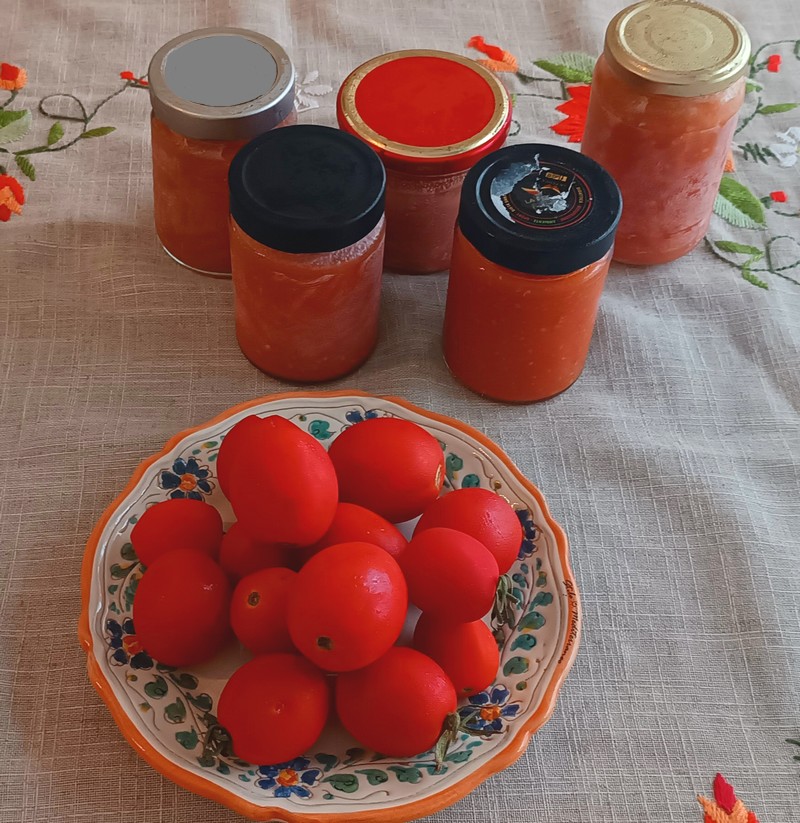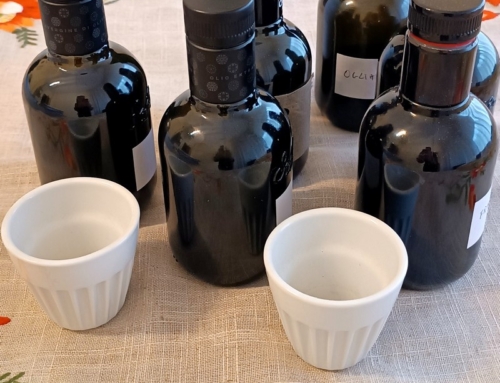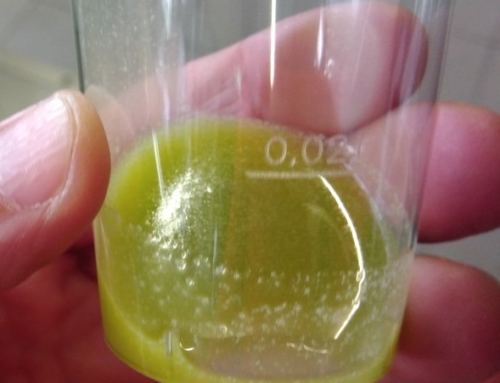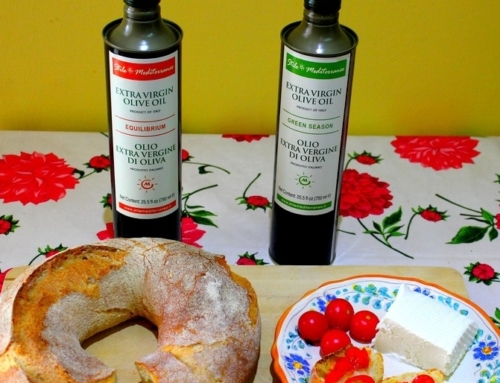How nice to see that micronutrients are finally getting all deserved attention.
It’s not just about the macronutrients anymore.
A new study by researchers at Harvard T.H. Chan School of Public Health, UC Santa Barbara and published in the Lancet, found that more than 5 billion people consume inadequate levels of several micronutrients essential to health.
The study assessed 15 Vitamins and minerals including calcium, iodine, iron, riboflavin, folate, zinc, magnesium, selenium, thiamin, niacin, and vitamins A, B6, B12, C, and E.
Micronutrient deficiencies are one of the most common forms of malnutrition globally, and each deficiency carries its own health consequences, from impaired cognition, to adverse pregnancy outcomes to blindness to infectious diseases.
What really impressed me the most is the fact that micronutrient inadequacy emerged even in Western countries (Europe, Canada, USA) where people have access to abundance of foods, where we have a very high obesity rate and where people already spend lots of money on supplements.
It’s not a question of eating more…..but of eating better!
We already know that foods from intensive farming have lower micronutrients (Vitamins / antioxidants) than foods from regenerative agriculture.
So what shall we do in order to increase the micronutrient intake?
One option is that we do what some health influencers/gurus recommend and take …even more… supplements.
But looking at numbers and how big the supplement market is in our countries, don’t we already take enough supplements?
Supplements are meant to …..”supplement“, not to replace our meals. So they can only be part of the solution. Also, let’s not forget that supplements do not go through the FDA verification process.
A second option could be that we do what centenarians in Sardinia and other Blue Zones do and go back to real foods, the one naturally rich in micronutrients and we use good food as medicine.
I believe that for this second option to happen, we need to take action both at the consumers’ level and at the corporate leaders’ level:
1) We, as consumers, need to take every day action and make the effort to cook and search for the right ingredients, which most of the time are more expensive (here I agree with Michael Pollan: the less we spend on food, the more we spend on healthcare).
2)We also need to change the way our corporate leaders and investors do capitalism, which now has become too short term based and too focused on profit: we need to switch to a capitalism that leaves a legacy and takes responsibility for the impact on health and on the planet.
Some people call it stakeholder capitalism. I call it humanistic capitalism with a legacy.
Here are some steps that we may take in the long, medium, short term, in order to try to increase the micronutrients intake.
Please tell me what you think and if you have anything to add.
Feel free to share them with your friends.
LONG TERM STEPS
1)Let’s vote with our $ and invest our savings in companies or impact investing funds that invest in regenerative agriculture (and don’t do greenwashing)
2)Let’s work for companies that have a real purpose of doing social good, while making profit.
MEDIUM TERM STEPS
3)Let’s not trust Marketing claims. Let’s go visit (in person!) the farmers, producers and companies where we buy food from and let’s see with our eyes how plants and trees are cultivated (intensive farming vs regenerative agriculture), how they treat the soil, roots and animals, what legacy they want to leave to the future generations;
4)Let’s use our vacations to visit farmers and producers in other countries to learn more about agriculture and what other countries are doing to enhance micronutrients’ content in a natural way;
SHORT TERM STEPS
5)Let’s vote with our $, read labels and buy foods from companies that focus on regenerative agriculture (and not intensive farming);
Reading labels is really life changing!
6)Let’s cook even more at home and avoid not only ultra-processed foods but also pre-cooked or take away foods: only apparently these foods give us more free time…..but in reality we don’t know if they are really good for us, since we can’t control the quality of their ingredients;
7)Let’s buy colorful vegetables and fruits when in season (and so when they are richer in Vitamins and micronutrients) and preserve them for the season when we can only find tasteless veggies coming from a greenhouse (lack of taste is a good indicator that veggies likely lack micronutrients);
8)Let’s cook vegetables, herbs and tomatoes (rich in Vitamins / antioxidants) in extra virgin olive oil.
Studies show that the combination of heat and extra virgin olive oil allow Vitamins / antioxidants to be better extracted from our veggies.
So the way we cook food also counts!
9)Let’s avoid cooking oils (i.e. refined vegetable oils).
Neurologists at the Mayo Clinic say that extra virgin olive oil is a “brain food” that may protect our brain and enhance our memory and brain energy.
Please note that cooking oils / refined vegetable oils are used not only in ultra processed foods but also in (apparently) higher quality foods as well as in most restaurants.
Unfortunately, Chefs don’t look at health studies and micronutrients.
I always ask Chefs for my food to be cooked in evoo. Some of them get a bit upset ….but more and more chefs are converting to cooking with evoo.
Here is what I’m up to these days.
September and October are the months when in Puglia we can find the last red tomatoes grown in the sun which are therefore super rich in the powerful antioxidant / lycopene.
I’m right now in the process of making tons of tomato sauce and preserving / freezing it for the winter.
Those who attended my workshops know that it’s key to cook the tomatoes with the skin (since the lycopene is in the skin) and in extra virgin olive oil.
The combination of heat and extra virgin olive oil helps extract even more lycopene.
I prefer to use our Green Season EVOO for my tomato sauce since it is slightly richer in antioxidants.
But for the Equilibrium EVOO lovers, that’s perfect too.
In the end both Equilibrium and Green Season come from the Coratina olive variety and so are both super rich in polyphenols.
What actions are you taking to increase your micronutrients intake?
Are you getting ready for the Fall and winter and preserving tomatoes, vegetables and fruit?
I look forward to hearing from you!






